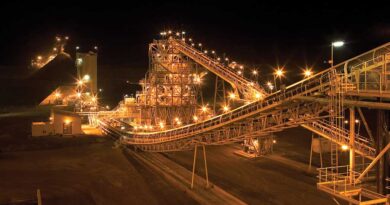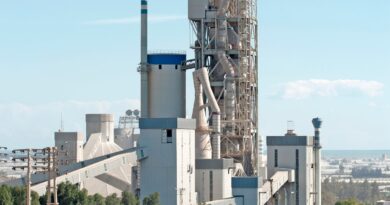Glencore to meet energy needs as it progresses through transition
The world currently depends on fossil fuels (coal, natural gas and oil) for around 80% of its primary energy demand. Coal currently accounts for about 25% of global energy use, and while this will decline over time, it continues to make some contribution in all plausible climate change scenarios to 2050.
For many countries, an affordable, secure energy source is key to their socio-economic and industrial development, being the primary pathway for populations to develop key infrastructure and achieve economic growth and higher standards of living.
Glencore’s thermal coal business represents less than 5% of its revenues and is envisaged to be in the region of 10-15% of its EBITDA in the medium term (was 8% in 2020) and decline towards zero over the longer term.
Future demand for coal through the transition underway will be a key determinant in the continued operation of Glencore’s mines. Selling its coal mines does not remove their associated emissions.
While there is demand for coal, and it is economic to do so, Glencore will continue to operate its mines until they reach the end of their lives. Through responsible stewardship of these assets and a commitment to a managed decline of its coal portfolio, including maintaining a focus on our high-quality coal assets in Australia, Glencore will deliver on our ambition to reduce our total emissions in line with the goals of the Paris Agreement.
An example of Glencore’s actions is the recent announcement to commence the process to relinquish Prodeco’s mining licenses in Colombia. Glencore’s CO2e emissions reduction commitments make us unique amongst our peers with a medium-term Paris aligned total CO2e emissions reduction target of 40% and a 2050 net zero ambition for Scope 1+2+3.
All decarbonisation scenarios that the company has modelled are net positive for Glencore and its climate commitments confirm its intention to be part of the solution.




